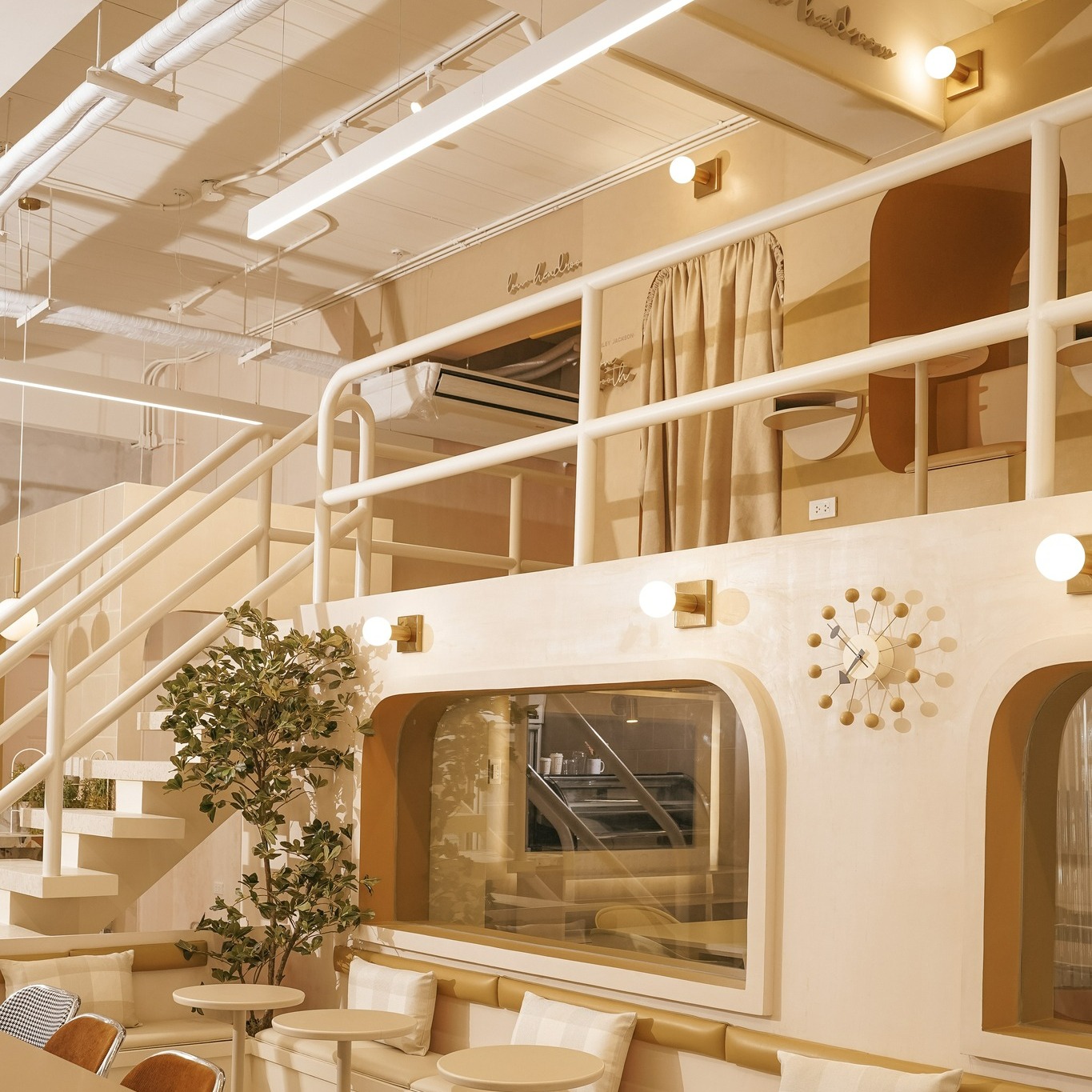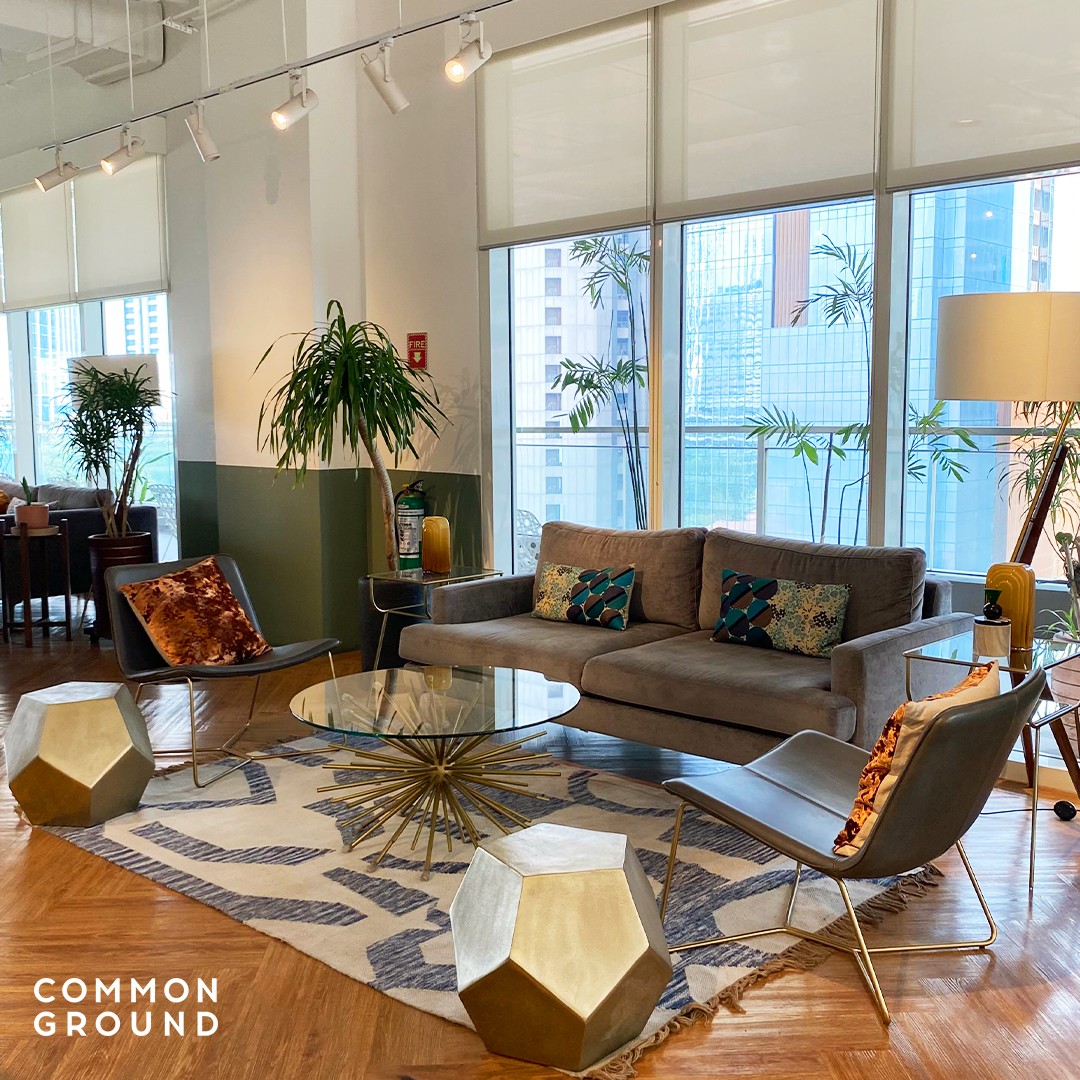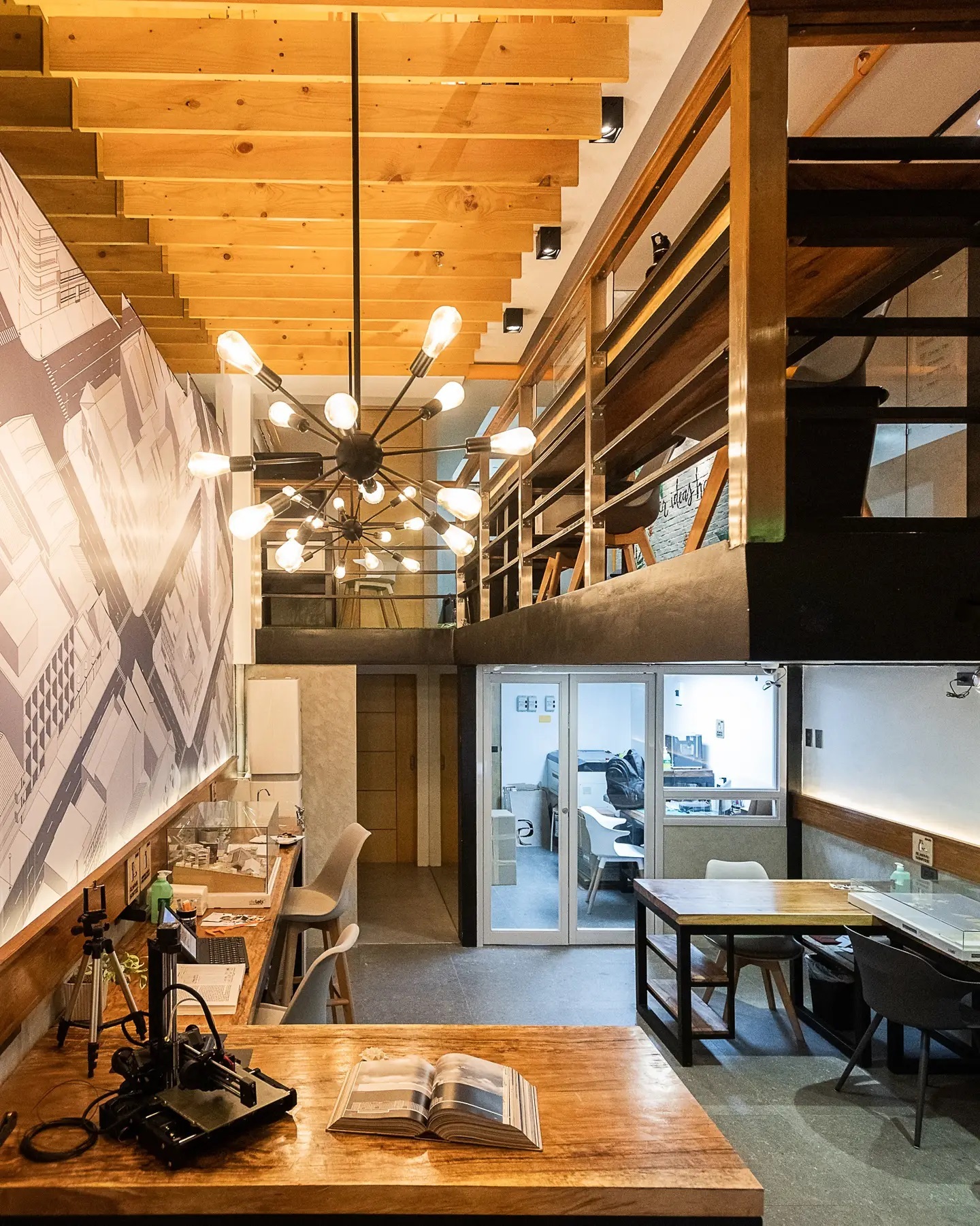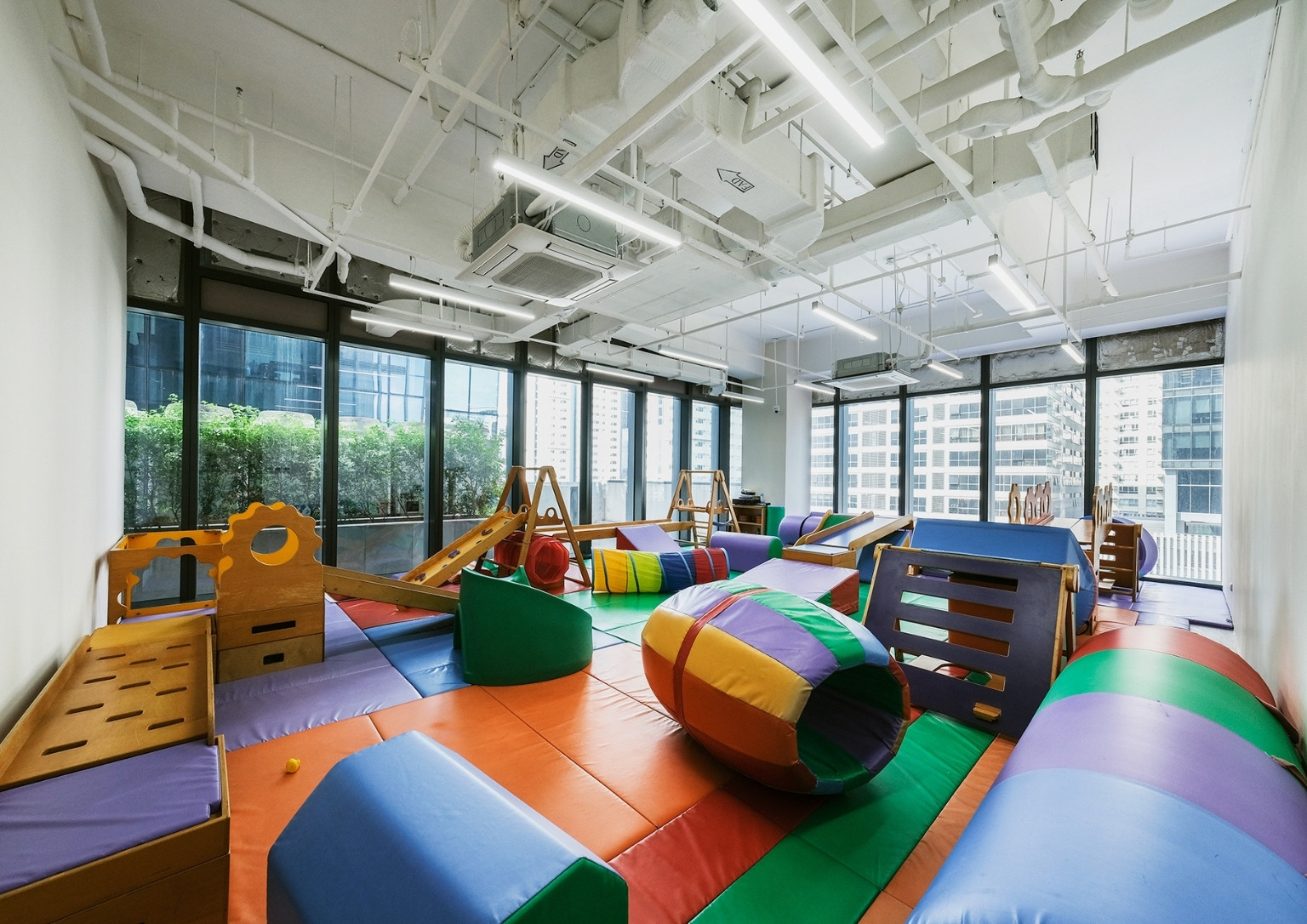
Co-working Spaces and the Lack of More Public Libraries
Have you ever seen someone working even on the commute back home? Despite the bus or the UV express’ bumpy and turbulent driving, some people would be leaning into their phones or even peering into their laptops, tapping mindlessly on the keyboard to finish a report or homework while they’re stuck in traffic. In this day and age where the daily grind can seep into people’s personal lives, time and focus are the elements necessary to finish work on time. And the best way to gain time and focus is to have a proper space where discipline naturally hangs over the area without being too suffocating or too loose. Ever since COVID changed our working culture into one where flexible hybrid set-ups or even completely work-from-home setups are possible, co-working spaces have taken the reins as great places for flexible and cost-efficient working or studying.
The history of co-working spaces
Though co-working spaces are the product of the 21st century, the concept itself had already been around since the 1990s. Back then, co-working spaces were specialized and exclusive to the company that needed them. In 1995, hackers founded the C Base–one of the first hackerspaces in Berlin where hackers could share space and knowledge on coding projects. Soon enough, seminars and social events started happening within the space, turning it into a trend that everyone could jump into. By the end of 1995, hackerspaces started popping up in America, namely, San Francisco, Brooklyn, and Santa Clara until the trend kept growing.
Originally, the term “co-working” was simply the term for another form of collaboration coined by American game designer and author of The Well-Played Game, Bernard DeKoven. By 2015, co-working had expanded into new heights and even combined coworking with traveling. In this year, the New york Times wrote about “Co-working on Vacation: a Desk in Paradise” which was about combining coworkin with coliving on Gran Canaria on the Canary Islands. By this time, the trend of working anywhere was already on the rise.
Related Read: CO & CO Works: Co-Working Spaces and the Future of Work
In 2020, COVID-19 struck the industry hard, making people question whether co-working spaces will still be needed after the pandemic. According to real estate firm JLL Philippines though, 30% of commercial real estate could be coworking spaces by 2030. Currently, Manila has a number of notable co-working spaces that are both practical and aesthetically pleasing.
Address: Molito Lifestyle Center Building 8 Unit 12, Madrigal Ave., Alabang, Muntinlupa
Operating hours: 7am – 7pm, Monday to Friday

Located in Albang’s bustling CBD, Nook Coworking Studio is a dynamic place with an eclectic design highlighted by welcoming and energetic colors. Combining work and play, this space offers facilities like meeting rooms and even a photo studio.
Address: Ground Level, RCS Building, Doña Soledad Ave, Better Living, Parañaque
Operating Hours: 8am – 6pm, Monday to Saturday

One of the most aesthetically-pleasing co-working spaces in Manila, Kings City has a distinct mid-century modern-inspired look paired with a peaceful atmosphere. Aside from its beautiful aesthetics, the space has facilities like the Florence Nightingale Lounge which works as a glamourizing spot to prep for meetings and the Shirley Jackson Phone Booth for private phone calls.
Address: Cyberscape Gamma Topaz and, Ruby Rd, Ortigas Center, Pasig, 1605 Metro Manila
Operating hours: 7am – 7pm, Monday to Friday

A Scandinavian design-inspired office, Work.able has meeting rooms, customizable offices, and events spaces that are all equipped with complete amenities and facilities.
Address: Level 21st, 8 Rockwell, Hidalgo Drive, Makati
Operating hours: 9am – 6pm, Monday to Friday

Considered as one of the best, Common Ground currently has three offices–two in Pasig and another in Makati with the one in Rockwell, Makati being the most well-known for its access to public transportation, friendly community, and good food. Aside from free coffee and first-grade amenities, Common Ground is beautifully designed with cool and inviting colors that calm the eyes.
Address: Comm. 2, G/F University Tower 1, 829-831 Moret St., Sampaloc, Manila 1008
Operating hours: 10am – 7pm, Monday to Friday

A study lounge and an art space. Creative Studios by DeLab near España has 3D printing and laser cutting machines, making it quite a useful space for students studying Industrial Design, Architecture, and other Fine Arts courses that require such mechanisms.
Address: 2F JSO Building, 210 Katipunan Ave., Quezon City, Philippines, 1105
Operating hours: 8am – 6pm, Monday to Saturday



Timeless, elegant, and versatile, CO & CO Works in Quezon City carries neutral tones that make the interior design more calming to the eyes. To make it look more healthy and professional, its facilities also have dark green accents.
Why work in co-working spaces?
Sometimes the home setup doesn’t cut it. It’s noisy, one is unable to concentrate due to the fuss from other family members, and the internet could be spotty. Libraries may be options but people aren’t allowed to talk loudly, to eat or drink food while working in these spaces.
Related Read: Menarco Tower: Creating Better Spaces for Working Better
Traditionally, workplaces would either be the office (for working adults) or libraries (for students still striving to graduate) but unlike other countries, the Philippines still lacks that long catalog of great libraries with notable books and highly functional facilities that are accessible to those who need it. So far, some notable ones include the Ortigas Foundation Library in San Juan City, the Quezon City Public Library in Diliman City, the Valenzuela City Academic Center for Excellence in Valenzuela city, and the Filipinas Heritage Library in Makati City.
Why not work in the library?
Manila has a few notable public libraries to visit, however, most of these are either found in inaccessible locations, are poorly cared for, or don’t really have the good titles that bookworms need to relax or the references students and freelance workers require. According to a 2019 report by the National Library of the Philippines, the total number of public libraries in the Philippines only make up 3% of the ideal as prescribed by the law with the majority of these libraries found either in the municipalities, barangays, cities, and provinces. It should also be noted that some local authorities still give minimal support to their own libraries, leaving these spaces in horrible condition with poor locations, old furnishing, worn out and outdated books, and even leaking roofs.
Aside from the possible danger of having one’s gadgets stolen, working during a commute or working in areas where working isn’t well accommodated is a habit that many should try to avoid for the sake of one’s health. By having more working spaces (or better yet, more good libraries that are well-maintained), working could feel a little easier to handle even in a small way.


